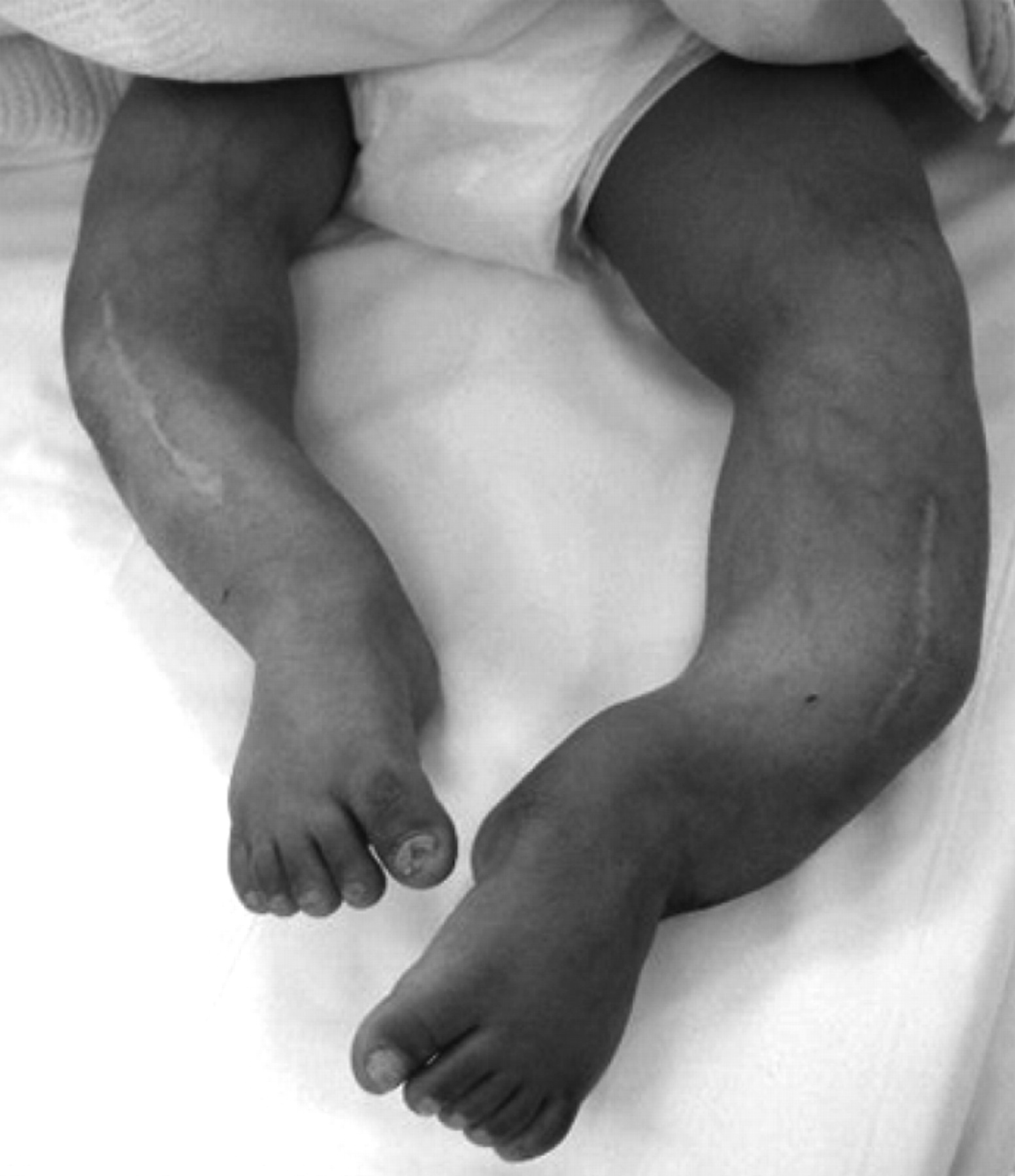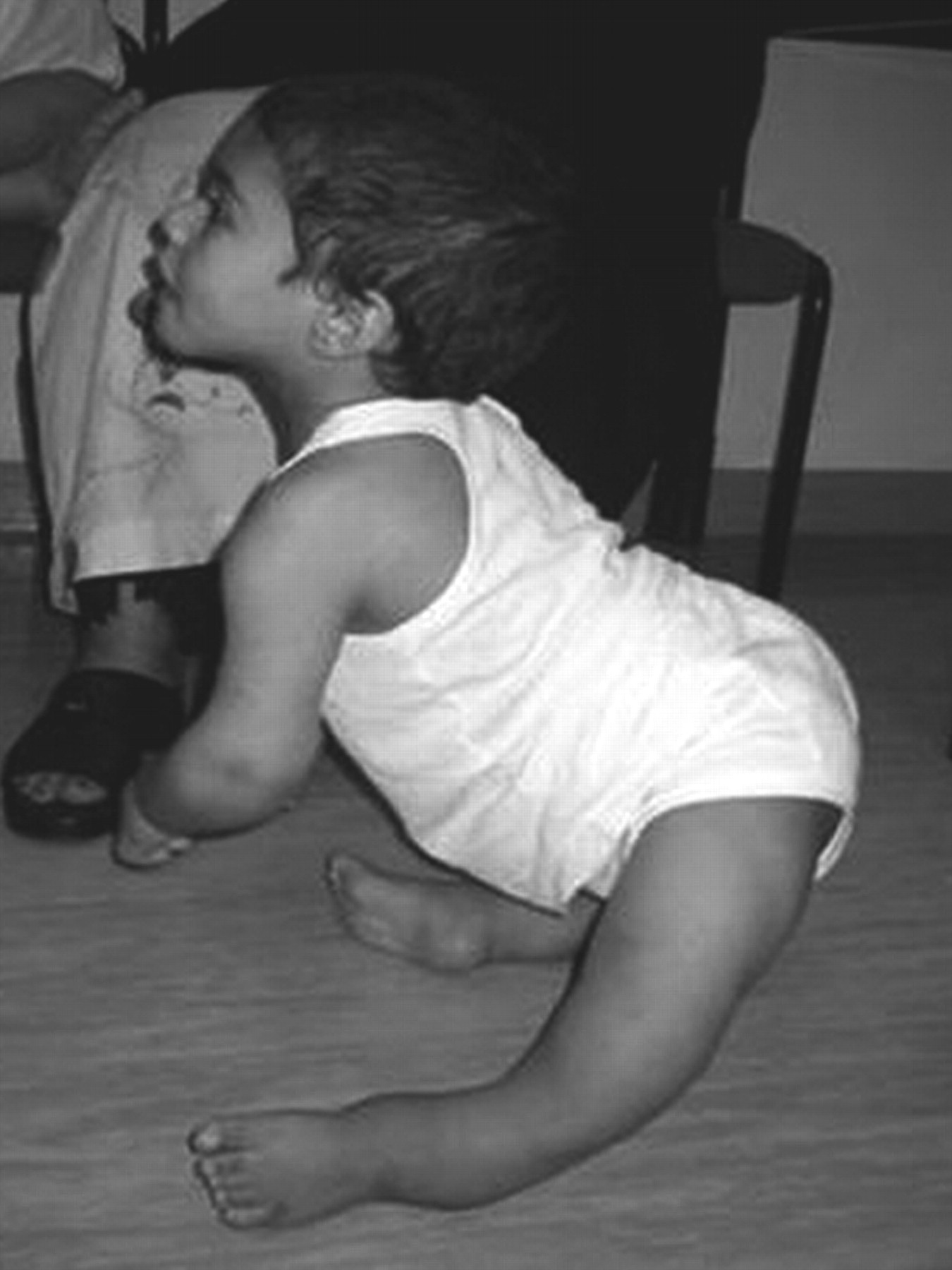GA5-99
Stuve-Wiedemann Syndrome: A Case Report and Series of Anesthetics
Higgs M, Wang T
Lucile Packard Hospital Stanford, Palo Alto, California, United states
Pediatric anesthesiologists encounter rare syndromes, making the perioperative period a challenge. A paucity of information for the anesthetic management of these syndromes adds to this challenge. This case report describes a series of anesthetics performed on a single patient with Stuve-Wiedemann Syndrome (SWS) to bolster the anesthesia literature for this rare condition.
SWS is a rare, congenital, skeletal disorder associated with with respiratory distress, hypotonia, feeding difficulties, and life threatening episodes of hyperthermia. Historically, it was believed that most infants died from this syndrome, but there are a growing number of case reports of children surviving (1,2). The chief concern for the anesthesiologist is the sporadic hyperthermia episodes that may be life threatening. In addition, inborn errors in the respiratory chain at the mitochondrial level have been reported in a small number of SWS patients, while in others, the respiratory chain was normal. Malignant hyperthermia (MH) is theoretically a possibility, but in a series of six patients with SWS, biopsies showed normal muscle morphology (3).
We present the case of a 4 year old female with SWS sequelae and severe scoliosis from Palestine, who moved to California for care at our institution. Past medical history includes sleep apnea, resolved by tonsillectomy, and dry eye. Past surgical history includes two general anesthetics done in the Middle East (tonsillectomy and MRI), and four anesthetics done at our institution for dental rehabilitation and orthopedic procedures.
The anesthetics done in the Middle East were performed by a mask induction with volatile agent. No complications from these two anesthetics were noted. The parents reported they were not given a difficult airway letter, and no issues with hyperthermia were reported to them.
The anesthetics performed at our institution, were performed with MH precautions, premedication by oral midazolam, nitrous oxide for IV placement, lumbar epidural placement (for the two osteotomy surgeries), and total IV anesthesia (TIVA) with propofol and fentanyl. One exception on induction was the first osteotomy case that used mask induction with sevoflurane for IV placement, with planned change to TIVA. The airway was straightforward in each case, and no issues were noted with temperature control in the perioperative period or post-operatively on the ward.
Discussion of the anesthetics revealed MH precautions were likely not needed, given the report of normal muscle biopsies reported in SWS patients by our radiology colleagues (3), the case report of a series of sevoflurane anesthetics done on a 3 year old male with SWS by Bonthius, et al,without complications (4), and the anecdotal evidence in our patient who received two full anesthetics with volatile agent without complications. In addition, the possibility of mitochondrial abnormalities in these patients, may steer anesthesiologist toward volatile agent anesthetics and away from TIVA anesthetics in the future. In summary, our patient was safe with both types of anesthetics. More case reports and further research is needed to help define the definitive dangers for anesthetizing patients with SWS.
Top













